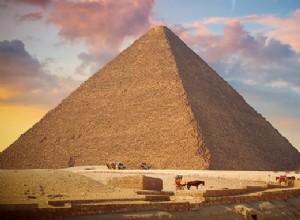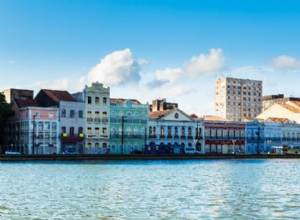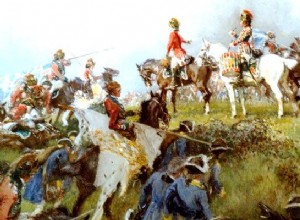The Great Pyramid of Cheops, Giza, near Cairo • ISTOCKPHOTO L dimensions Its original height was 146.6 m; each side measured about 230 m. It is estimated that 230,000 limestone blocks were required to build it. L e weight and volume Its volume is estimated at 2,521,000 m3 , and its weight at 5,




